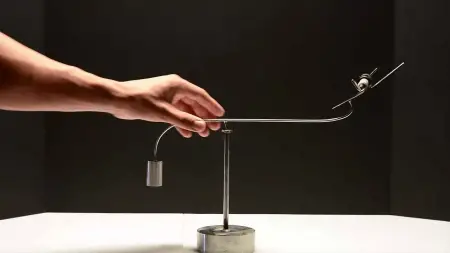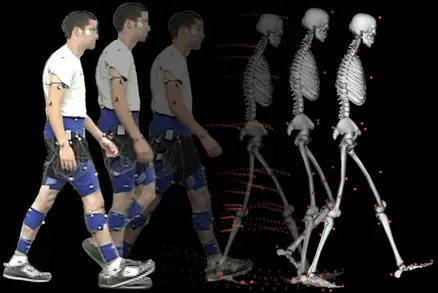In the realm of engineering and physics, kinetics and kinematics are terms that are centered on the study of motion. However, these terms are separate disciplines and are not used interchangeably. This article explains why.
Summary Table
| Kinetics | Kinematics |
| Studies bodies in motion as affected by torques and forces, including the properties of these bodies (mass, inertia) | Studies the motion of an object or group of objects without considering such factors as mass or the forces that cause the movement |
| Currently known as dynamics or analytical dynamics | Also referred to as “geometry of motion” |
Definitions

Kinetics refers to the branch of classical mechanics which studies bodies in motion as they are affected by torques and forces, including the properties of these bodies (e.g. mass, inertia). The term “kinetics” is derived from kinesis, which is a Greek word meaning “related to movement.” Although the term “kinetics” has been replaced by “dynamics” since the mid-20th century, engineering textbooks still use the term. Modern dynamics (kinetics) is founded on the principles of Newtonian mechanics and is reformulated as Lagrangian mechanics.
Kinetics, or more appropriately, dynamics, is considered one of the two foundations of classical mechanics. Along with kinematics, it is still applied in aerospace, mechanical, and other engineering curricula as it is important in machine design, the design of sea, land, air, and space vehicles, and other relevant applications. However, very few modern physicists prefer a separate study of dynamics or kinematics while disregarding kinetics or statics altogether. All these, instead, are referred to as classical mechanics. Textbooks on classical mechanics have not included individual chapters on dynamics or kinematics since the middle of the 20th century. These books no longer mention kinetics, although dynamics is used when acceleration is mentioned in relation to force.

Kinematics is the study of the motion of objects or a group of objects. It is also a branch of classical mechanics that analyzes objects in motion without taking into account the forces or the mass of said objects. Kinematics is often called “the geometry of motion,” and as such, is sometimes referred to as a branch of mathematics.
Kinematics is applied in astrophysics to study the movement of celestial bodies. From a golf match to a space probe circling the enigmatic moons of Neptune, kinematics plays an important role. In robotics, biomechanics, and mechanical engineering, kinematics studies the movement of complex systems such as a robotic arm, engine, or the human skeletal system.
Kinetics vs Kinematics
So now, what’s the difference between kinetics and kinematics? While there is no doubt kinetics and kinematics are closely related principles in physics, significant differences exist between them.
Kinetics, or dynamics, is a branch of classical mechanics which deals with the study of objects in motion as they are affected by torques and forces, including the properties of these moving objects (e.g. mass, inertia). Kinematics is another branch of kinematics, but it studies the motion of an object or group of objects without considering such factors as mass or the forces that cause the movement. It analyzes trajectories of lines and points, including other geometric objects.
Video
Here’s a lecture on kinetics and kinematics.






